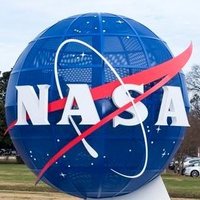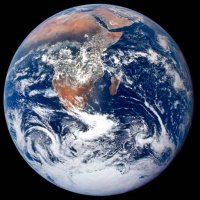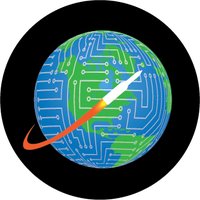
NASA Langley Research Center
@nasa_langley
NASA’s 1st Center 🛩️🌎🚀
From revolutionary technology to innovative research, our wonder changes the world.
Verification: nasa.gov/socialmedia
ID: 18194898
https://www.nasa.gov/langley/ 17-12-2008 18:04:44
12,12K Tweet
477,477K Followers
159 Following












Innovators at NASA Langley Research Center have developed an electric VTOL drone that mimics the flight path of lunar landers — offering a low-cost, repeatable system for testing entry, descent, and landing (EDL) sensors here on Earth. Explore licensing opportunities: bit.ly/43pdV8F



Long, flexible composite booms are useful in space to deploy solar sails or structures like towers for solar panels that could support humans living on the Moon or Mars. NASA Langley Research Center has devised a way to test these unwieldy components using gravity to their advantage:



#OTD 1950, NASA's Ray Wright wore a diving suit while collecting data beneath the 8ft High Speed Tunnel. Slots enabling supersonic testing created extreme pressure, temperature and noise conditions requiring extra protection during data collection from this piece of NASA History Office






